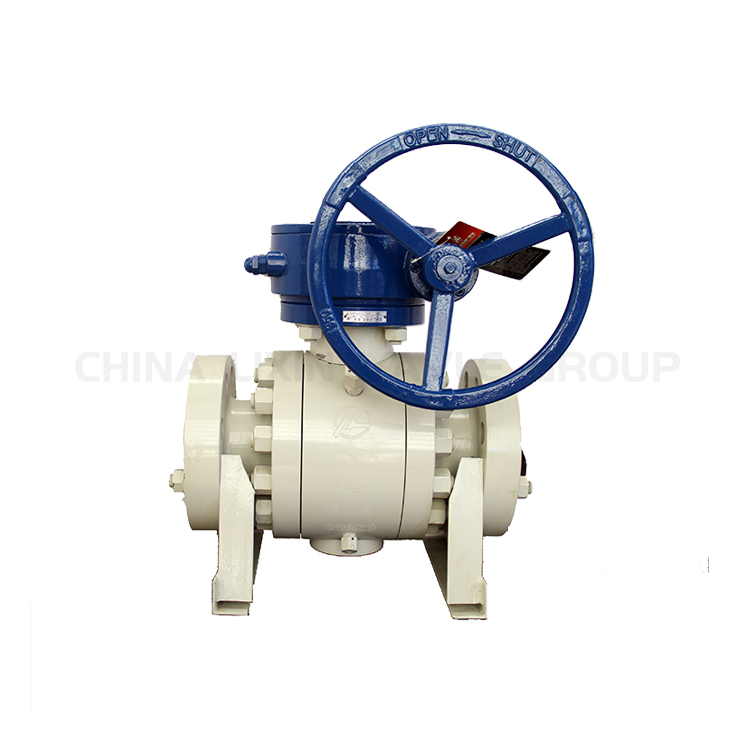Ball Valve Materials: A Comprehensive Guide
Ball valves are widely used in various industrial and commercial applications due to their versatility, reliability, and ease of operation. The materials used in the construction of ball valves play a critical role in determining their performance and suitability for specific applications. This comprehensive guide will delve into the properties, advantages, and disadvantages of different ball valve materials, providing engineers and operators with the knowledge to make informed decisions.
Body Materials
The valve body houses the ball and stem, providing end connections to the piping system. Common body materials include:
| Material | Properties | Advantages | Disadvantages |
|---|---|---|---|
| Bronze | Good corrosion resistance and machinability | Cost-effective | Lower strength and temperature resistance |
| Stainless Steel | Excellent corrosion resistance, strength, and durability | Suitable for a wide range of applications | Higher cost |
| Carbon Steel | Cost-effective, suitable for low-pressure and non-corrosive applications | Can be coated or lined to enhance corrosion resistance | Lower corrosion resistance compared to stainless steel |
| PVC (Polyvinyl Chloride) | Lightweight and corrosion-resistant | Suitable for low-pressure and non-critical applications | Lower strength and temperature resistance |
Ball Materials
The ball is the rotating component of the valve that controls fluid flow. Common ball materials include:
| Material | Properties | Advantages | Disadvantages |
|---|---|---|---|
| Stainless Steel | Strong, durable, and corrosion-resistant | Suitable for a wide range of applications, including high-pressure and high-temperature environments | Higher cost |
| Brass | Less expensive than stainless steel, good corrosion resistance and machinability | Commonly used in low-pressure and non-corrosive applications | Lower strength and temperature resistance compared to stainless steel |
| Chrome-Plated Steel | Combines the strength of steel with the corrosion resistance of chrome | Suitable for applications where corrosion resistance is crucial | More expensive than standard steel balls |
Stem Materials
The stem connects the ball to the actuator, allowing the ball to rotate. Common stem materials include:
| Material | Properties | Advantages | Disadvantages |
|---|---|---|---|
| Stainless Steel | Strong, durable, and corrosion-resistant | Suitable for a wide range of applications | Higher cost |
| Brass | Less expensive than stainless steel, good corrosion resistance and machinability | Commonly used in low-pressure and non-corrosive applications | Lower strength and temperature resistance compared to stainless steel |
| Monel | Excellent corrosion resistance, especially against seawater and other corrosive environments | Suitable for demanding applications | Higher cost |
Seat Materials
The seat is the sealing surface that prevents leakage between the ball and the body. Common seat materials include:
| Material | Properties | Advantages | Disadvantages |
|---|---|---|---|
| PTFE (Teflon) | Excellent chemical resistance and low friction | Suitable for applications requiring high purity and minimal leakage | Can be susceptible to cold flow and creep |
| Buna-N (Nitrile) | Good resistance to oils and fuels | Commonly used in applications involving hydrocarbons | Lower temperature resistance compared to other materials |
| EPDM (Ethylene Propylene Diene Monomer) | Good resistance to heat, ozone, and weathering | Suitable for outdoor applications and applications involving hot water or steam | Can be less resistant to certain chemicals |
Selection Considerations
When selecting ball valve materials, several factors should be considered:
- Application: The intended use of the valve will determine the required materials for the body, ball, stem, and seat.
- Fluid: The compatibility of the valve materials with the fluid being handled is crucial to prevent corrosion or contamination.
- Pressure and Temperature: The valve materials must be able to withstand the maximum pressure and temperature of the system.
- Corrosion Resistance: The valve materials should be resistant to the corrosive environment in which the valve will be used.




 Request a Quote
Request a Quote



